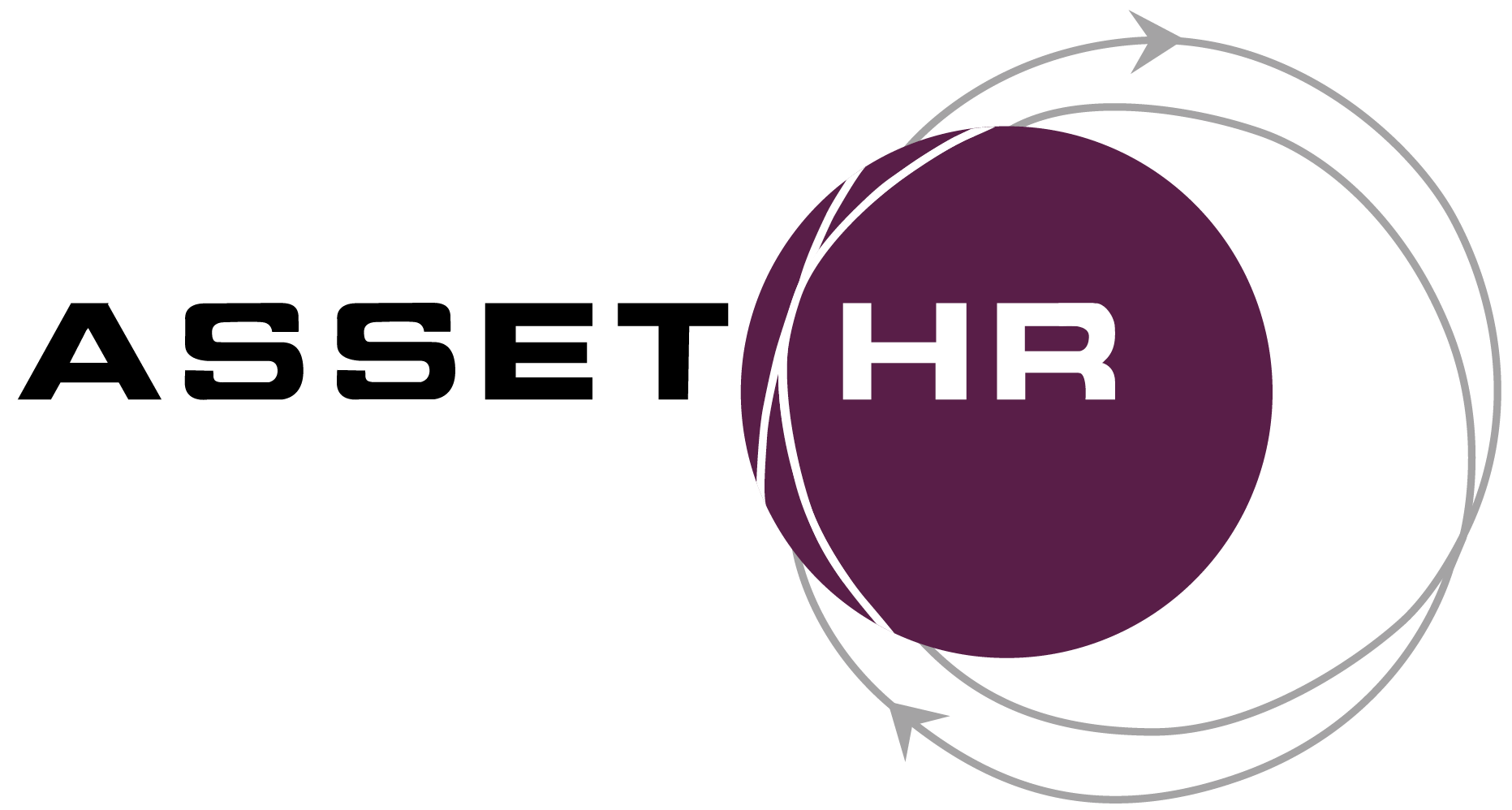Offboarding Employees: What You Need to Know

It can be tough when an employee resigns. After all, they may have been with your company for a long time. You’ll need to find someone new to take over their role and train them to perform the job to the same high standard.
Before focusing on your recruiting efforts, you must offboard your employee properly. Many companies don’t put much effort into their offboarding procedures. After all, once the employee leaves, they may not return. However, failing to have a complete offboarding plan is a mistake.
Here are a few essentials you’ll want to include during the offboarding process.
Take Care of the Logistics
It’s best to handle the logistics of the offboarding before doing anything else. For example, you’ll need to notify the payroll and the IT department of your worker’s impending departure. You’ll also want to ensure that the employee signs critical paperwork, such as a resignation letter or a nondisclosure agreement.
All of these actions are important for different reasons. Notifying payroll is vital so that the company doesn’t continue to issue paychecks after the employee leaves. They’ll also need to determine whether the employee is entitled to extra benefits on their last pay period, such as accrued vacation or severance pay.
Similarly, it’s important to alert IT to the departure so they can remove the employee from the company email list and disconnect their access to computers and software. That way, your organization has less risk of data loss or privacy breaches.
Obtaining a resignation letter gives you a written record of the employee’s decision to leave. If the employee was involved in any business processes you’d like to keep private, you can ask them to sign a non-disclosure agreement.
Make sure every employee that resigns undergoes the same procedures to promote consistency in your process.
Schedule an Exit Interview
Next, you’ll want to schedule a time to speak with the employee before they leave. Try to learn why they’re leaving and give them a chance to answer specific questions about their experience with your company.
If you suspect that internal dynamics might have led to their departure, be candid in your questioning. Being direct and transparent can help you determine whether further action is necessary.
Other reasons for leaving include better pay or benefits or obtaining a role with greater responsibilities. If your employee is leaving to take advantage of another opportunity, you might want to examine your compensation and benefits package to determine whether you’re still competitive within the market.
Meet with the Employee’s Manager
At this point, you must talk with the employee’s manager to figure out whether there’s an acceptable internal fit for their role. Another worker may have the skills to handle the job and relish the opportunity to take it.
Internal promotions are good morale boosters for other employees. They’ll see someone else rotating to a different position in the department and infer that they can do the same. Hiring internally is also cheaper and more efficient than finding external candidates.
If you don’t have anyone who can assume the open role, work with the manager to specify the skills and experience applicants should have. That way, you can post a job advertisement that attracts qualified workers.
Other matters to discuss with the manager include a timeline for hiring a new employee and potential team reorganization. It may be possible to avoid hiring someone new simply by redistributing everyone’s responsibilities.
Be Professional and Friendly
It can be hard to maintain your normal composure when an employee leaves. After all, if they’ve been part of your organization for a while, it may feel like they’re deserting you.
Regardless, you should keep your attitude toward the employee friendly and professional. Focus on keeping things amiable to ensure a smooth transition and end things on good terms. Keep in mind that they may decide to return at some point, or questions might arise that only they can answer.
Many companies host an offsite luncheon, dinner, or happy hour to wish the employee well in their new endeavors. Holding a small event allows other team members to say goodbye and provides a sense of closure for the team.
Get Help Managing Your Employee Offboarding Experience
Companies often need help managing the employee lifecycle, including onboarding, current records, and offboarding. AssetHR provides a system that simplifies every part of the employee lifecycle. Connect with us today to learn about our end-to-end employee management solutions.
